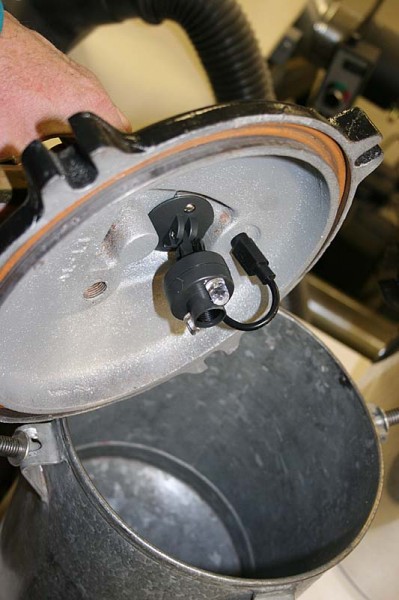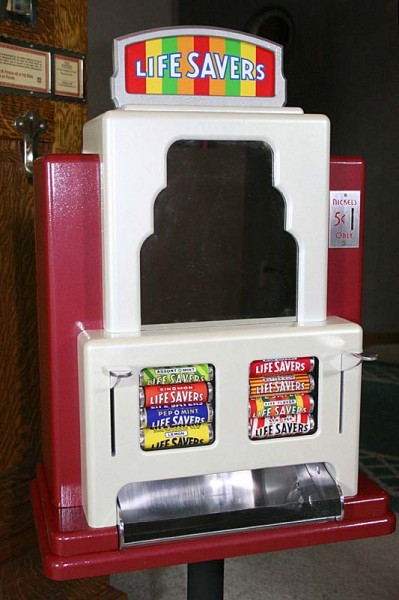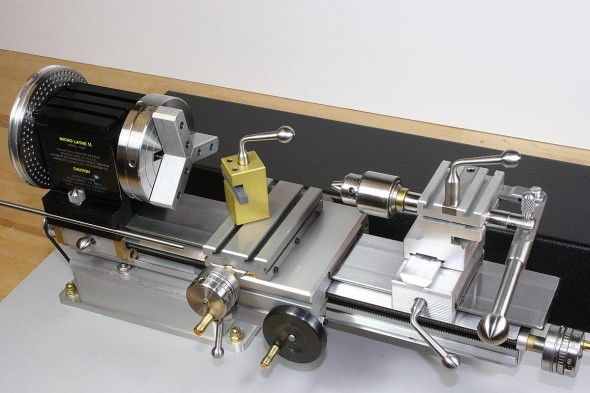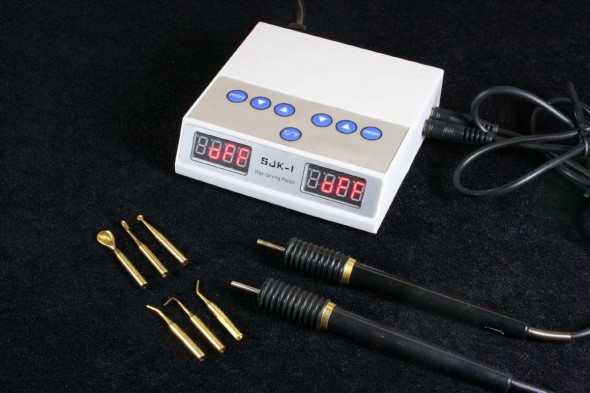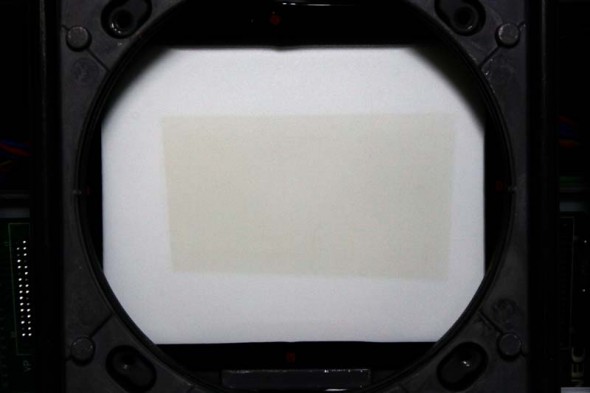Allows Visual Monitoring of Degassing and Casting Operations
Right or wrong, and subject to controversy, these are the general steps that can help produce bubble-free parts or molds using resin or silicone rubber:
- Measure out the two parts of the casting/molding material
- Mix any pigments or additives with one part of the resin or rubber, usually recommended by the manufacturer
- Optionally degas the components now – before combining – to minimize entrapped air or moisture. Do not over-pump below material’s vapor pressure, or you will create a nearly endless supply of new bubbles..
- Prepare to work quickly once the materials are mixed in the next step. The clock will be ticking…
- Thoroughly mix the two parts together, stirring and scraping the side walls. Transfer the mix to a new container if desired to minimize unmixed pockets of material.
- Fast-cure resins or mold rubbers may not give you time for this step, but degassing the mixture in a vacuum for a short time will help remove air entrapped in the stirring process.
- Remove the degassed mixture and carefully pour around part or into mold.
- Again, and only if time permits, quickly degas the the resin/mold or the mold-material/pattern to boil off bubbles introduced during the pour
- Apply 45 – 60 psi pressure to the casting chamber for the duration of the material’s cure time.

